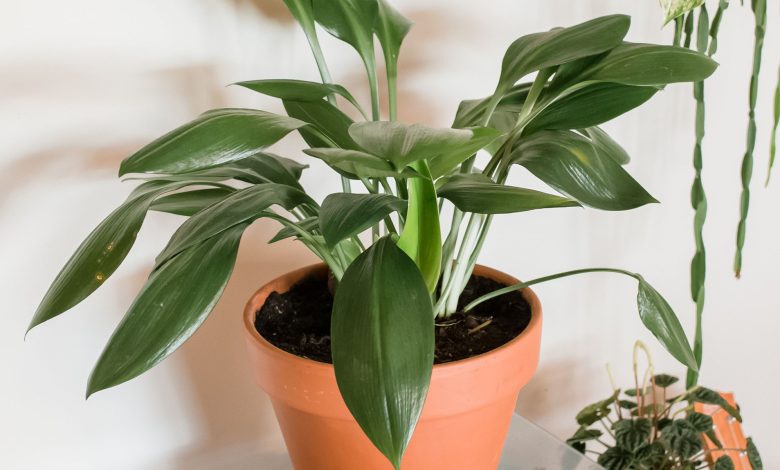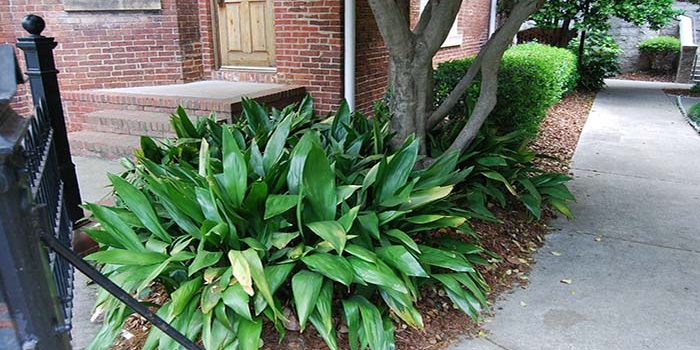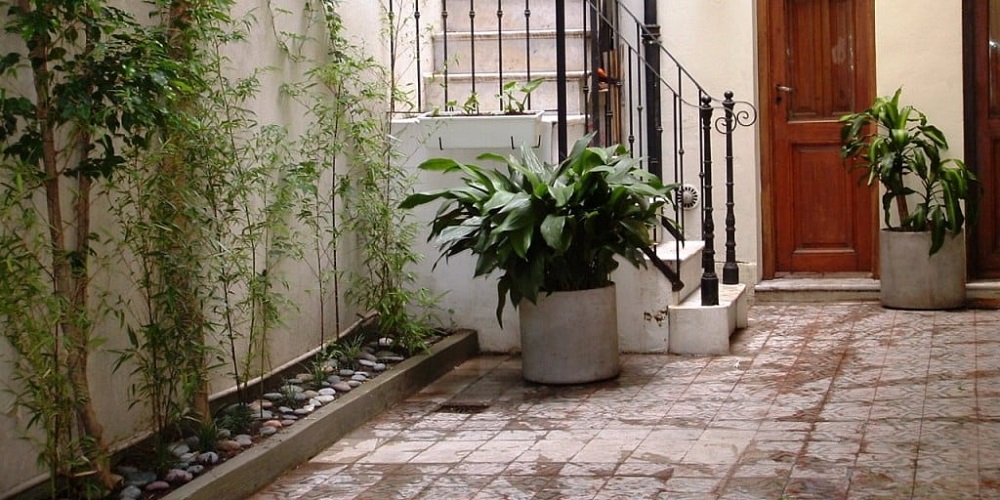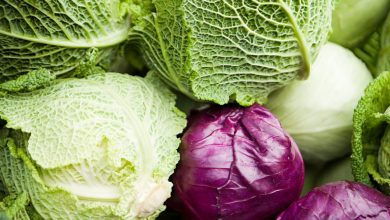Information about the aspidistra plant

The most used indoor plants are those capable of adapting to the light and temperature conditions that prevail in homes. Since the end of the 19th century, a species that has gained popularity for its strength and beauty is the aspidistra, whose cultivation is very simple.
Well known for its fleshy flowers, which eventually appear on the surface of the earth, the aspidistra elatior or pilistra is a plant from China, although it is also cultivated in Japan, India, Vietnam and neighboring countries.
Source
The natural habitat of pilistras is the jungle. In this environment, unlike other plants that climb to reach the sun’s rays, the aspidistra managed to adapt to survive with the little light that reaches the ground. This is the reason why it comes in handy as an indoor plant.
On the other hand, its organs allow it to conserve reserves, such as water and nutrients, to use them when they are scarce. In this way, it is a species that can tolerate the lack of water and fertilizer.
Given these qualities, we can say that if you want to have plants at home, but you are a beginner or a forgetful gardener, you can choose an aspidistra. Care is minimal and it can add a touch of color to your home. In addition, it will adapt well to places with low lighting, being the ideal option for corridors, porches and vestibules.
main features
The aspidistra plant stands out for its foliage, which can have shades of intense green, but there are also varieties (more than 300 identified) that can include patterns of lines along its leaves or subtle light spots, which make it even more decorative. Such foliage can reach 70 centimeters in height and each leaf can be 5 cm wide.
On the other hand, it is a perennial species that can live up to 100 years , according to data offered by researchers. Thus, if you decide to have one at home, it is possible that you inherit it to your offspring.
Regarding its flowers, it is worth mentioning that they are missing when grown indoors, since in these conditions it is very rare for them to appear, however, they are quite peculiar. In the case of the pilistra, the flower appears at ground level and has an approximate size of 5 cm in diameter and a shape similar to an 8-pointed star. Its color is a dark red tone or with purple variations and ivory-colored areas.

Aspidistra care
Humidity
Aspidistras are not very demanding when it comes to watering. In fact, you could go on vacation and when you return they will be as green as ever. However, it is something that we do not recommend repeating several times during the year.
You should water it once a week, considering that watering should be more abundant in spring and summer, but always avoiding waterlogging . In the fall, you will need to be careful to allow the soil to dry out between waterings.
Substratum
So that your aspidistra can stay healthy, it is better that you provide it with sandy or clay soils, since due to their qualities they will prevent waterlogging and can retain a certain degree of humidity. On the other hand, it is not very demanding in terms of PH. In relation to this, it tolerates slightly acidic, neutral and even alkaline soils .
Temperature
The temperature range that this species supports is very wide and goes from 10 to 21ºC, although there are some specimens that have managed to adapt to areas with more extreme climates. However, we recommend you not to have it near fireplaces or stoves.
Lightning
If this is the first time you have grown this plant inside your home and you notice that your aspidistra has yellow leaves, it is likely that the place where you have placed it is too bright. We recommend you take her to another darker place. In a special way, it prevents the midday light from reaching its leaves.
Maintenance
Something that many houseplant owners are concerned about is keeping the leaves shiny and healthy. However, it should be mentioned that this not only benefits the appearance of the pilistra plant, but also its ability to absorb the sun’s rays. Remember that, by accumulating dust, this will become a natural blockage of lighting and, if the plant has been placed in a very poorly lit environment, it could suffer. That said, if you are wondering how to clean the leaves of the pilistras, the care does not imply an additional expense for your pocket, since it is not recommended to use any type of product for foliar cleaning .

If you have the possibility to take it outside on a rainy day, this would be enough to wash it and allow the natural nitrogen it contains to sanitize the leaves. If this is not possible, you can use a low-salt water spray and finally dry with a cotton cloth. If you want to add shine, you can dampen a cloth in beer and rub each of the leaves.
Spread
Obtaining several plants from a mother plant is as simple as dividing its rhizomes, that is, the underground stems that the plant uses as a reserve medium. However, since it is not a fast-growing plant, you will have to wait a bit for the plant to mature and become bushy to multiply it.
To prevent the division from spoiling, it is advisable to sterilize the cutting utensils with which you will make the separation. It will be enough to use a little alcohol or apply fire to the blade. Thus, bacteria or possible viruses that would harm the new plant are eliminated.
Equally important is to use a substrate with a little compost. This will allow the plant to absorb nutrients and grow. If you use poor quality soil, your new plant will most likely not die, but it will stay small longer.
Fun facts
Pilistras were used by the French aristocracy in the 19th century to give their salons a more exotic appearance .
So far, it is unknown if this plant species could have another function in addition to ornamental and is only used as decorative.
The reason why its flowers are below the foliage, practically on the ground, is related to a small crustacean, which is in charge of pollinating them.

![Photo of Walnut Cuttings: [Grafts, Time, Rooting and Planting]](https://www.complete-gardening.com/wp-content/uploads/2022/08/walnut-cuttings-grafts-time-rooting-and-planting-390x220.jpg)
![Photo of Plant Asparagus: [Care, Needs, Irrigation, Fertilizer and More]](https://www.complete-gardening.com/wp-content/uploads/2022/08/plant-asparagus-care-needs-irrigation-fertilizer-and-more-390x220.jpg)

